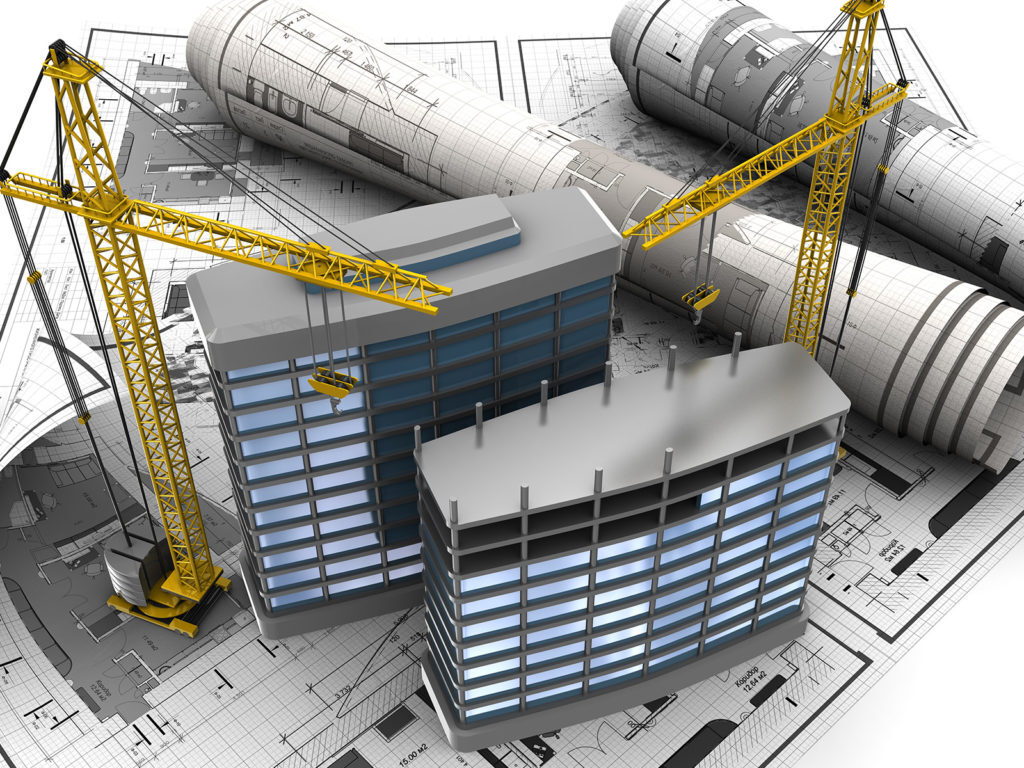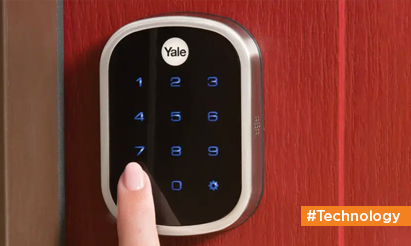What is BIM Technology in construction, and why do you need it.
Technology is transforming the way we live, function, and interact everywhere. It is moving so fast that it is tough to recall life before the Internet, mobile devices, and wireless connections.

Simultaneously, substantial developments are evolving that are poised to strengthen our progressively digital society. Architectural design is undergoing the most significant transition since the advent of computers. Progress in digital design software, inter connectivity, and internet fabrication are combining to convert every stage of the design and construction phases. The invention of BIM technology is one of the factors that revolutionized the field of architecture.
BIM is a critical process that guarantees extremely effective and collective building planning. We request you to continue reading to learn what BIM is, its utilizations, and what BIM levels imply.
What is BIM?
Building Information Modeling or BIM Technology is an innovative 3D design method. It provides architectural, engineering, and development (AEC) professionals with the knowledge and resources. BIM compiles all of the knowledge about a building’s components into a single location. It is a collaborative process that helps them in designing, planning, creating, and maintaining structures. It may also include real estate activity and maintenance leveraging data that property owners have access to. This data enables municipalities, governing management bodies to make critical choices centered on model details after the structure is constructed.
The market is shifting from 2D conceptual paperwork towards an advanced 3D modeling framework. Buildings that are 3D styled can be examined and adjusted for results, often utilized for cost control, and include immersive Virtual Reality environments as well as photorealistic illustrations and simulations.
The process is divided into four steps are Planning, designing, building, and operating.
Stage 1 – Planning
By integrating analysis and real-world data, project planners may create background models of the current built and natural environments.
Stage 2 – Designing
This process includes feasibility studies, analysis, details, and documents. Pre-construction starts with the use of BIM data in this stage.
Stage 3 – Building
Construction starts using BIM parameters during this process. For maximum performance, design development logistics are communicated with contractors.
Stage 4- operating
BIM data is carried forward to the resource support. BIM data may also be used for budget-friendly reconstruction or successful demolition in the future.
What are BIM levels
For different forms of works, different levels of BIM can be accomplished. Each level creates a collection of parameters. BIM levels range from 0 to 4D, 5D, and even 6D BIM. Such levels aim to determine how efficiently or how much knowledge is exchanged and handled in the process.
Level 0
paper-based sketches + no partnership
Level 0 BIM means not working in a collaborative environment at all. A user can confidently assume that they are at level 0 when they utilize 2D CAD and operate with sketches and digital photos.
Level 1
BIM includes 2D building sketches as well as some 3D modeling.
Many businesses use Level 1 BIM, which does not require much coordination and requires each shareholder to release and maintain the internal details. If someone utilizes 3D CAD for design development but 2D for documenting development details, they are currently dealing with Level 1 BIM.
Level 2
Teams create their unique 3D models : Level 2 BIM introduces a collaboration climate. How participants share data, on the other hand, distinguishes it from the rest. A standard file system is used for data storage regarding the layout of the environment. At level 2, all teammates utilize 3D CAD models. (Might not be a shared one)
Level 3
Teams collaborate on a shared 3D model : Stage 3 BIM is also more interactive. Level 3 implies that everyone utilizes a unique collaborative project model. It is known as Open BIM, and it means that further layers of security against collisions are introduced, bringing value to the design at all points.
Why is BIM so important?
The idea of “Failing Fast” has been advocated by several industrial sectors. That is, exploring and discovering different paths – even though it implies failing at first. It ultimately leads to some other experiment and ultimate victory. This concept, however, works only digitally. Because one cannot create a building and start to find defects in the construction, it can be life-threatening. This technology gives you the opportunity of failing at a time when the errors can get modified. By constant verification and updation, we finally get the perfect outcome.
BIM allows the team to operate more effectively and enables them to collect data generated during the project. The data collected is helpful for research and development activities. That is why BIM requirements are becoming more prevalent across the world.
- The primary advantage of a building information model is its correct geometrical depiction of the components of the structure in a unified data set. It boosts consistency, efficiency, and reliability by implementing insightful, integrated workflows.
- No chance of data loss. Adopting BIM necessitates the establishment of a constant flow of knowledge. Each stage is digitally recorded. It brings up new opportunities for improved performance, precision, coordination, and communication among the stakeholders engaged in the construction process.
- Great product. Real estate designs can get thoroughly evaluated, run rapidly, and performance tested. It allows improved and creative strategies.
- Methods are quicker and efficient. Ideas get easily exchanged, which can be reused and reproduced. Engineering equations for cooling, lighting, and piping structures can be rapidly and efficiently done.
- Computerized assembling. Digital component data could be utilized in processes such as structural device manufacturing.
- Improved manufacturing quality: performance is versatile and takes advantage of automation.
- Better customer service: By accurate visualization, the generation of creative ideas before the clients is possible.
- Following the completion of the real estate, the next iteration of the model would advise building services and processes. This maintenance would prevent any potential damage to the building.
As per the United Nations, the global population will reach 9.7 billion by 2050. The international AEC sector should move to better, more effective ways of designing and building. It should not only be to meet the global competition. Everyone should contribute to building a better and more robust environment. The advent of BIM technology is one step towards a better future.
Disclaimer: The views expressed above are for informational purposes only based on industry reports and related news stories. PropertyPistol does not guarantee the accuracy, completeness, or reliability of the information and shall not be held responsible for any action taken based on the published information.




